Nomadicsage.com @2024
Nomadicsage.com @2024

Norway, a Nordic country known for its stunning fjords, northern lights, and rich Viking heritage, is a land of natural wonders and fascinating culture. From its breathtaking landscapes to its innovative societal practices, Norway offers a unique blend of tradition and modernity. In this article, we’ll explore 10 cool facts about Norway that make it one of the most intriguing countries in the world.
Natural Wonders: Norway is home to some of the world’s most stunning natural phenomena, including the midnight sun, northern lights, and breathtaking fjords. These unique features make Norway a paradise for nature lovers and photographers.
Rich Viking Heritage: Norway’s history is deeply rooted in the Viking Age, with museums, archaeological sites, and festivals dedicated to preserving and celebrating this fascinating era.
Sustainability Leader: Norway is a global leader in sustainability, with a strong focus on renewable energy, electric vehicles, and eco-friendly practices. The country’s commitment to environmental conservation sets an example for the rest of the world.
Unique Sami Culture: The indigenous Sami people of northern Norway offer a rich cultural experience, from traditional reindeer herding to vibrant festivals and unique cuisine.
Outdoor Adventure: Norway’s diverse landscapes provide endless opportunities for outdoor activities, including hiking, skiing, fishing, and kayaking. The country’s outdoor culture encourages an active and healthy lifestyle.
High Quality of Life: Norway consistently ranks among the top countries in the world for quality of life, thanks to its strong economy, excellent healthcare, and high standard of living.
Culinary Delights: Norwegian cuisine, characterized by fresh, local ingredients, offers a unique culinary experience. From traditional dishes like lutefisk and rakfisk to the iconic brown cheese, Norway’s food culture is a reflection of its history and natural resources.
What is the Midnight Sun?
Norway is famously known as the “Land of the Midnight Sun.” During the summer months, particularly in the northern regions above the Arctic Circle, the sun never fully sets.

This natural phenomenon occurs because of the Earth’s axial tilt, allowing the sun to remain visible for 24 hours a day.
Where to Experience It:
Why It’s Cool:
The midnight sun provides endless opportunities for outdoor activities like hiking, fishing, and kayaking, even in the middle of the night. It’s a unique experience that attracts adventurers and photographers from around the world.
What Are the Northern Lights?
The northern lights, or aurora borealis, are a natural light display caused by solar particles colliding with the Earth’s atmosphere.

Norway is one of the best places in the world to witness this mesmerizing phenomenon.
Where to See Them:
Why It’s Cool:
The northern lights are a bucket-list experience for many travelers. The vibrant colors dancing across the night sky create a magical atmosphere that is both awe-inspiring and unforgettable.
What Are Fjords?
Fjords are long, narrow inlets with steep sides or cliffs, created by glacial erosion.
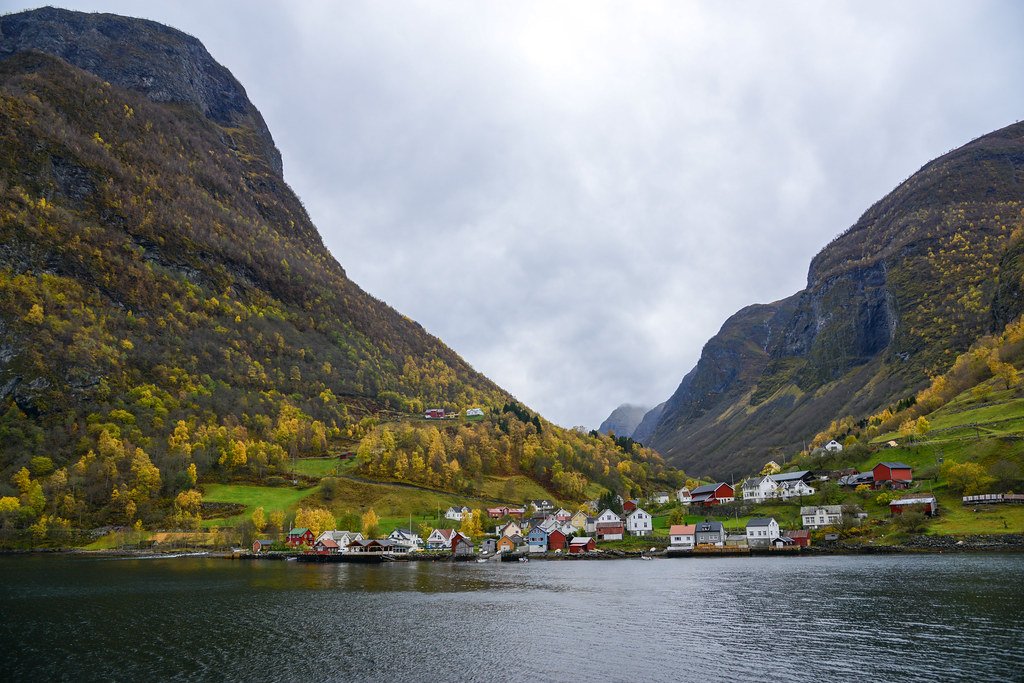
Norway is home to some of the most famous fjords in the world, including the Geirangerfjord and Nærøyfjord, both UNESCO World Heritage Sites.
Must-Visit Fjords:
Why It’s Cool:
Norway’s fjords are a testament to the country’s natural beauty. They provide endless opportunities for outdoor activities, from hiking and kayaking to scenic cruises.
The fjords are also a source of inspiration for artists and photographers.
Who Were the Vikings?
The Vikings were seafaring warriors and traders from Scandinavia who explored, raided, and settled in various parts of Europe between the 8th and 11th centuries.
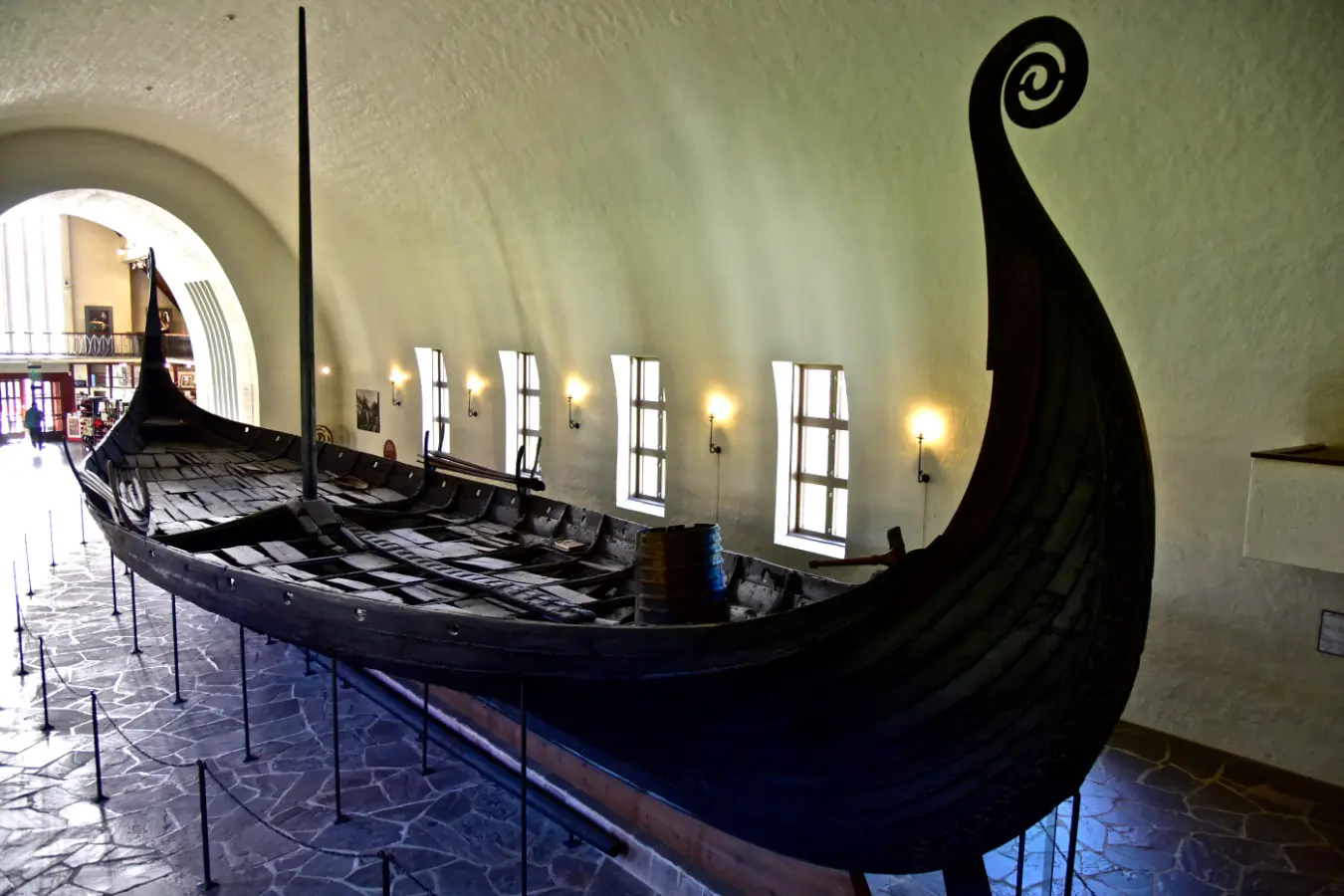
Norway has a rich Viking heritage, with many historical sites and museums dedicated to this fascinating era.
Key Viking Sites:
Why It’s Cool:
Norway’s Viking heritage is a source of national pride and fascination. Exploring Viking history through museums, archaeological sites, and festivals provides a deeper understanding of Norway’s cultural roots.
What Makes Norway Sustainable?
Norway is a global leader in sustainability and environmental conservation. The country is known for its renewable energy sources, electric vehicles, and eco-friendly practices.

Key Initiatives:
Why It’s Cool:
Norway’s commitment to sustainability sets an example for the rest of the world.
The country’s efforts to reduce carbon emissions and promote renewable energy demonstrate a forward-thinking approach to environmental conservation.
Who Are the Sami?
The Sami are the indigenous people of northern Norway, Sweden, Finland, and Russia.
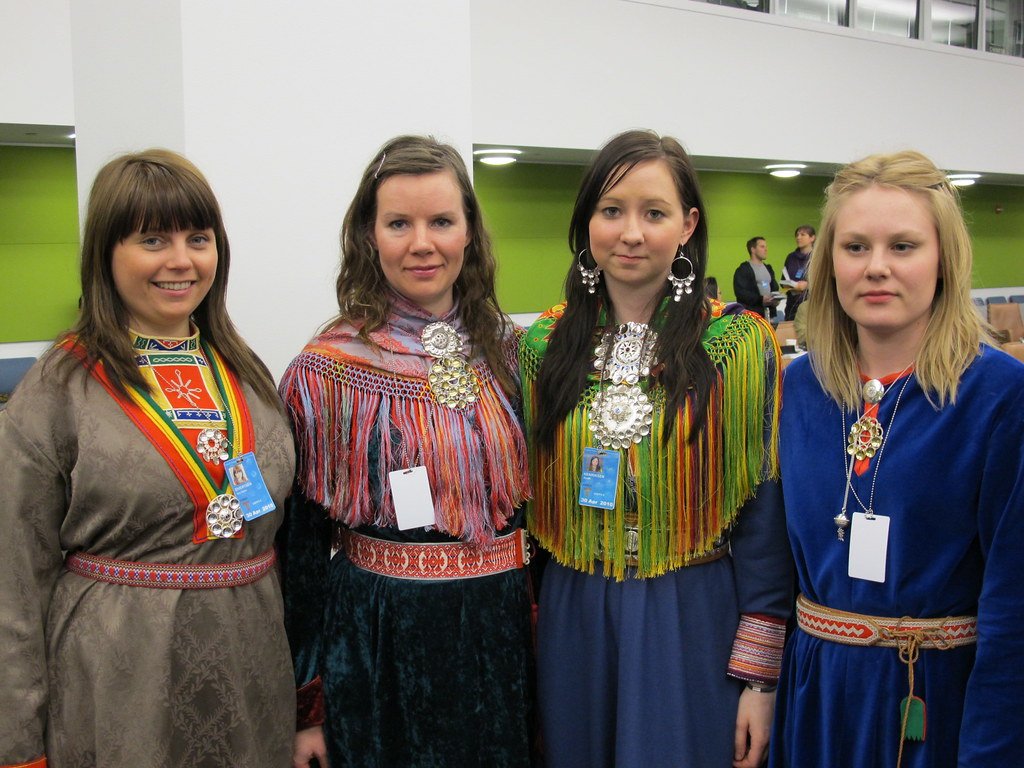
They have a rich cultural heritage, including traditional clothing, music, and reindeer herding.
Sami Experiences:
Why It’s Cool:
The Sami culture adds a unique dimension to Norway’s cultural landscape.
Learning about their traditions and way of life provides a deeper appreciation for Norway’s diversity and history.
What Wildlife Can You See?
Norway’s Arctic regions are home to a variety of wildlife, including polar bears, reindeer, Arctic foxes, and whales.

Wildlife Experiences:
Why It’s Cool:
Norway’s Arctic wildlife offers a unique opportunity to connect with nature and observe some of the world’s most iconic animals in their natural environment.
What Activities Can You Do?
Norway’s diverse landscapes provide endless opportunities for outdoor activities, from hiking and skiing to fishing and kayaking.
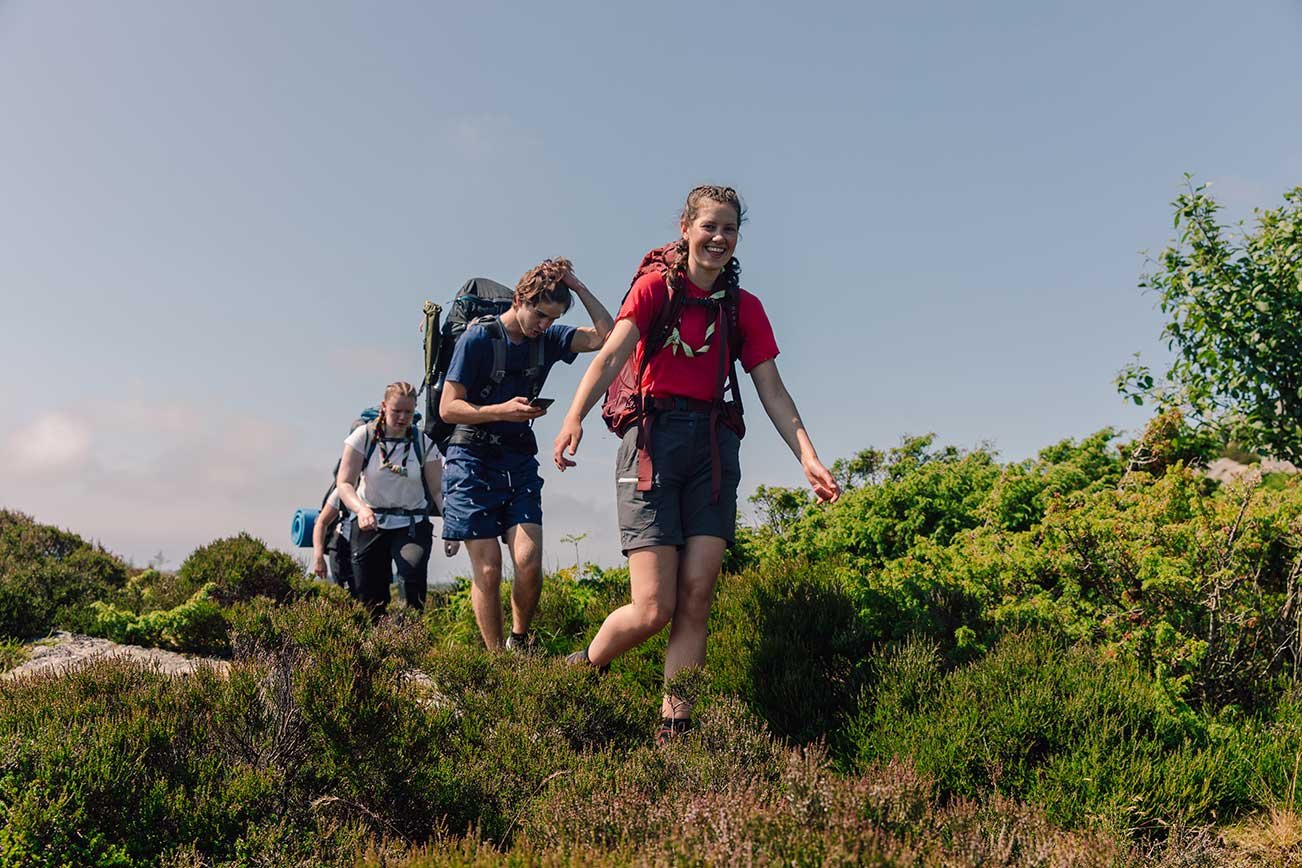
Popular Activities:
Why It’s Cool:
Norway’s outdoor culture encourages an active and healthy lifestyle. The country’s natural beauty provides the perfect backdrop for adventure and exploration.
What is Norwegian Cuisine?
Norwegian cuisine is characterized by its use of fresh, local ingredients, including seafood, game, and dairy products.

Must-Try Dishes:
Why It’s Cool:
Norwegian cuisine offers a unique culinary experience that reflects the country’s history and natural resources. Trying traditional dishes is a great way to immerse yourself in Norwegian culture.
What Makes Norway’s Quality of Life High?
Norway consistently ranks among the top countries in the world for quality of life, thanks to its strong economy, excellent healthcare, and high standard of living.
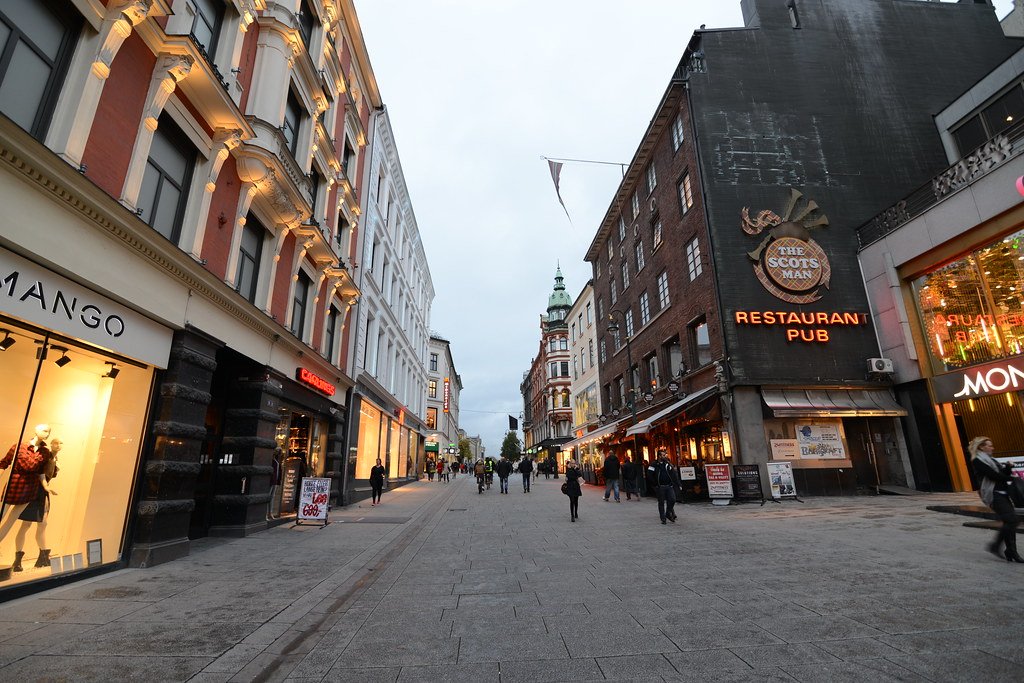
Key Factors:
Why It’s Cool:
Norway’s high quality of life is a testament to the country’s commitment to social welfare and equality. It’s a model for other nations striving to improve the well-being of their citizens.
Norway is a country of contrasts, where ancient traditions meet modern innovation, and breathtaking natural beauty coexists with a high standard of living.
From the midnight sun and northern lights to the stunning fjords and rich Viking heritage, Norway offers a wealth of experiences that captivate and inspire.
Whether you’re an adventurer, a history buff, or simply someone who appreciates the finer things in life, Norway has something for everyone.
So, pack your bags and get ready to explore the wonders of this incredible Nordic nation.
The best time to visit Norway depends on what you want to experience. For the midnight sun, visit between May and July. For the northern lights, the best time is from late September to early March. Summer (June-August) is ideal for outdoor activities, while winter (December-February) is perfect for skiing and snowboarding.
Visa requirements depend on your nationality. Citizens of the EU, US, Canada, Australia, and several other countries can visit Norway for up to 90 days without a visa. However, starting in 2025, the EU will implement the ETIAS (European Travel Information and Authorization System), which will require travelers from visa-exempt countries to obtain an online authorization before entering.
Norway uses the Norwegian Krone (NOK). Credit cards are widely accepted, but it’s a good idea to carry some cash for smaller purchases and in remote areas.
Norway is known for being one of the more expensive countries to visit. However, there are ways to manage costs, such as staying in budget accommodations, using public transport, and dining at local eateries. Planning and booking in advance can also help save money.
The official language of Norway is Norwegian, but English is widely spoken, especially in tourist areas. Learning a few basic Norwegian phrases can enhance your experience and show respect for the local culture.
The best way to see the northern lights is to visit northern Norway, particularly Tromsø, Alta, or the Lofoten Islands, during the winter months. Joining a guided tour can increase your chances of seeing the auroras, as guides know the best spots and conditions.
Some must-try Norwegian foods include: